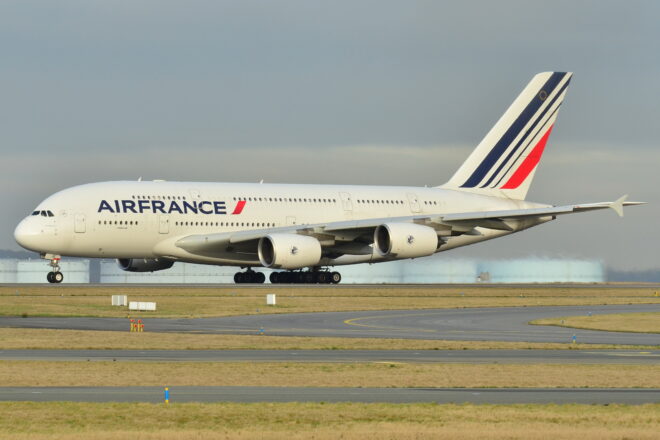
Air France Flight Makes Emergency Landing After Passenger Found Dead Mid-Flight
Introduction In a tragic turn of events, an Air France flight was forced to make an emergency landing after a passenger was found dead mid-flight. The incident, which occurred on a long-haul journey, has raised concerns over in-flight medical emergencies and airline response protocols. While details are still emerging, officials have confirmed that the crew took immediate action upon discovering the unresponsive passenger.
Incident Details The flight, which was en route from an international destination to Paris Charles de Gaulle Airport, was several hours into its journey when crew members noticed a passenger in distress. Reports suggest that the individual, whose identity has not been disclosed, had shown signs of discomfort before losing consciousness. Flight attendants and fellow passengers attempted to administer aid, but efforts to revive the passenger were unsuccessful.
Upon realizing the severity of the situation, the flight crew promptly contacted air traffic control and requested an emergency diversion. The aircraft was rerouted to the nearest suitable airport, where medical personnel were on standby. Despite their swift response, the passenger was pronounced dead upon landing.
Airline and Passenger Reactions Air France issued a statement expressing condolences to the deceased passenger’s family and reassured the public of its commitment to passenger safety. “Our thoughts are with the family and loved ones of the passenger. Our crew followed all standard medical emergency procedures, and we appreciate the support of local authorities upon landing,” the airline stated.
Passengers aboard the flight recounted their experiences, with some expressing shock and sadness. One traveler mentioned, “It was a heartbreaking situation. The cabin crew did everything they could, but it was clear that medical assistance was needed immediately.” Another passenger noted the professionalism of the airline staff in handling the crisis, ensuring minimal disruption while prioritizing the safety and well-being of everyone on board.
Medical Emergencies in the Sky In-flight medical emergencies, while relatively rare, can be life-threatening due to the limited resources available at 30,000 feet. Airlines are equipped with first-aid kits, defibrillators, and medical guidelines, but the absence of professional medical personnel on every flight poses a challenge. Flight attendants undergo extensive training to handle emergencies, including CPR and basic life support, but situations such as cardiac arrests or other severe medical conditions require immediate intervention from qualified professionals.
According to aviation health experts, some of the most common in-flight medical emergencies include fainting, respiratory distress, cardiac issues, and severe allergic reactions. Airlines often rely on volunteer medical professionals who may be on board, but the success of in-flight medical interventions varies based on the severity of the condition and the time it takes to reach medical assistance on the ground.
Implications and Future Measures This tragic incident has reignited discussions about how airlines can further enhance their medical emergency preparedness. Some industry experts advocate for the presence of medical professionals on long-haul flights, while others suggest better equipping planes with advanced medical technology.
Additionally, there have been calls for improved passenger screening before flights, particularly for individuals with known medical conditions. While mandatory medical clearance for all passengers may not be practical, those with severe health issues could benefit from pre-flight consultations to assess their fitness for travel.
Airlines continue to evaluate and upgrade their emergency response protocols, including real-time telemedicine consultations with ground-based medical experts. Some carriers have already introduced remote diagnostic tools that allow doctors on the ground to guide flight crews in managing critical cases.
Conclusion The loss of a passenger mid-flight is a somber reminder of the unpredictability of air travel. While Air France and aviation authorities continue to investigate the incident, the event underscores the importance of in-flight medical preparedness. As air travel continues to evolve, ensuring the highest level of passenger safety remains a top priority for airlines worldwide. The aviation industry may see further advancements in onboard medical care as a result of this unfortunate tragedy, potentially preventing similar incidents in the future.